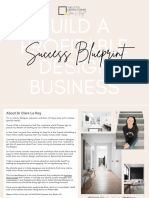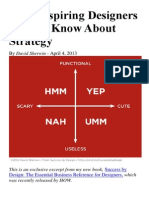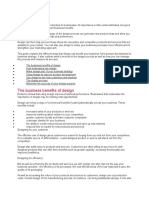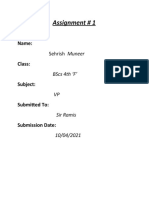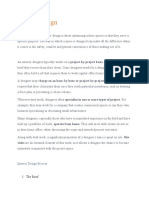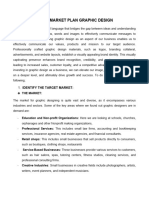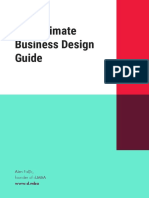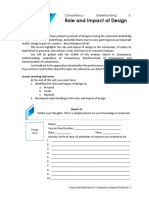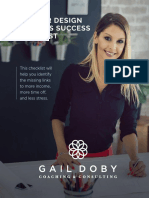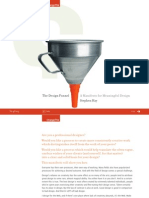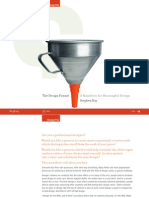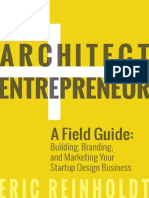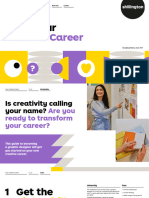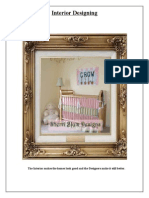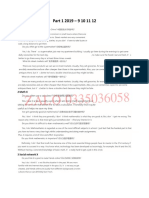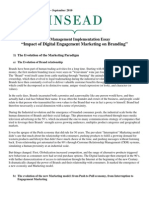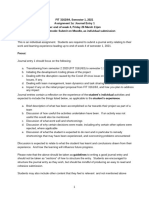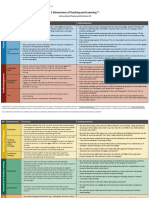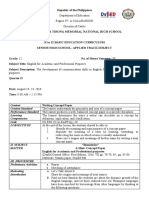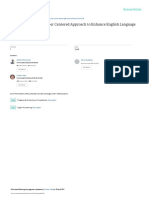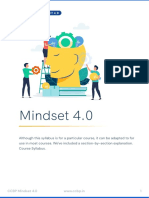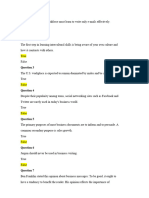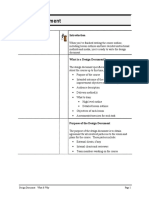0% found this document useful (0 votes)
50 views16 pagesDip Cheatsheet
The Design Industry Playbook outlines a framework for designers to achieve success through four pillars: Creativity, Goals, Business, and Relationships. Each pillar provides actionable insights for enhancing creative skills, setting achievable goals, managing business aspects, and building lasting client relationships. Additionally, the document introduces concepts like Creative Defense and Creative Offense, emphasizing the importance of maintaining mental well-being and developing personal brands for sustainable careers.
Uploaded by
copemax228Copyright
© © All Rights Reserved
We take content rights seriously. If you suspect this is your content, claim it here.
Available Formats
Download as PDF, TXT or read online on Scribd
0% found this document useful (0 votes)
50 views16 pagesDip Cheatsheet
The Design Industry Playbook outlines a framework for designers to achieve success through four pillars: Creativity, Goals, Business, and Relationships. Each pillar provides actionable insights for enhancing creative skills, setting achievable goals, managing business aspects, and building lasting client relationships. Additionally, the document introduces concepts like Creative Defense and Creative Offense, emphasizing the importance of maintaining mental well-being and developing personal brands for sustainable careers.
Uploaded by
copemax228Copyright
© © All Rights Reserved
We take content rights seriously. If you suspect this is your content, claim it here.
Available Formats
Download as PDF, TXT or read online on Scribd
/ 16














